VIDEO: Increase & care for the elephant's foot
Propagate the plant using cuttings
In order for the elephant's foot (Beaucarnea recurvata) to reproduce, the houseplant must have developed a healthy side shoot.
-
Break out a sideline. Use your hand to break out the side sprout just above the trunk. Alternatively, cut it off with a clean knife.

© Theresa Schuster -
Prepare the substrate. Make a mixture of two thirds of peat and one third of sand in a flower pot.
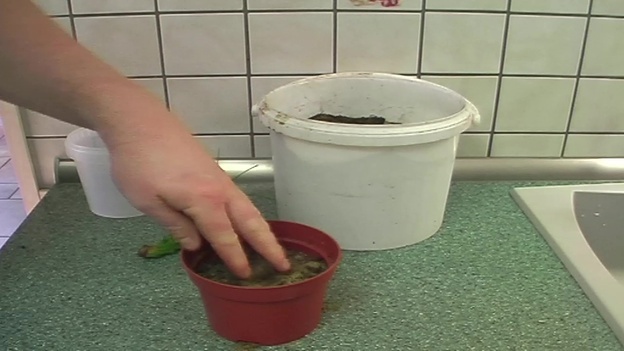
© Theresa Schuster -
Insert cutting. Insert the scion and press it firmly.
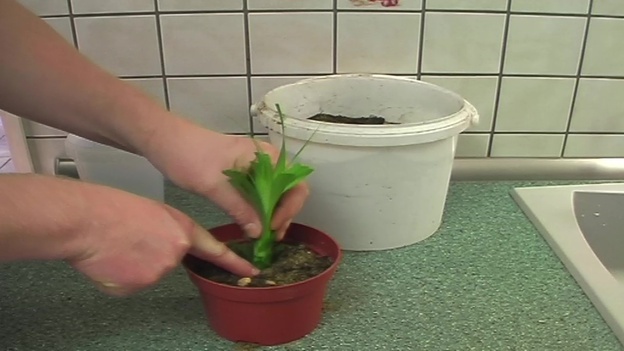
© Theresa Schuster -
Use plastic hood. Put a transparent plastic hood over the young elephant's foot so that a greenhouse climate develops underneath. This counteracts moisture loss and promotes rooting.

© Theresa Schuster -
Remove cover. Once roots have formed, slowly accustom the plant to drier air. To do this, remove the cover and continue to care for it as normal.
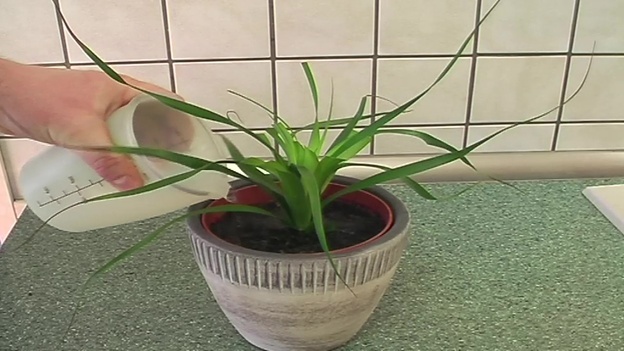
© Theresa Schuster
Propagate Aralia - this is how it works
You can make a room aralia (Fatsia japonica) either by cuttings or by ...
Propagation of the water palm via seeds
-
Prepare earth. Prepare the nursery pot in the same way as for the cutting.
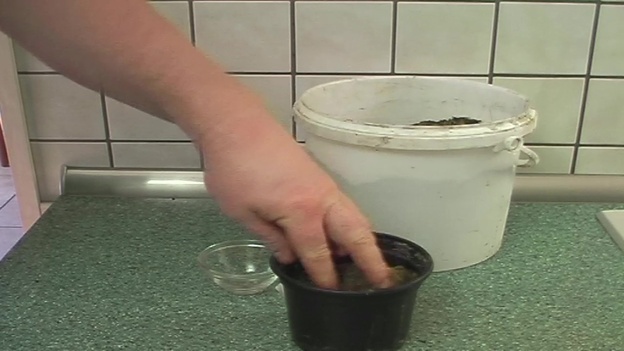
© Theresa Schuster -
Planting seeds. Scatter the elephant foot seeds on moist soil.

© Theresa Schuster -
Fix the seeds. Push the seeds into the ground a little and close the holes.
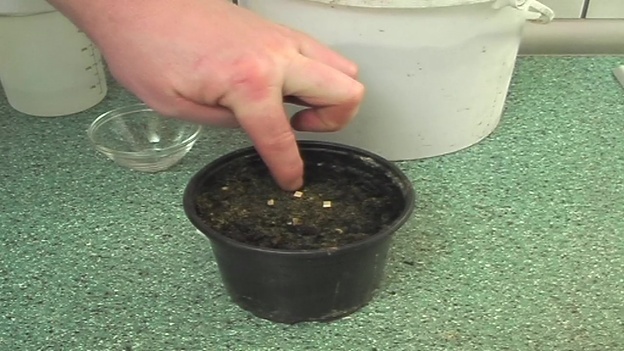
© Theresa Schuster -
Cover with foil. Create a greenhouse climate by covering the pot with plastic wrap.

© Theresa Schuster -
Separate and plant out. When the young plants have developed enough roots and leaves, divide the strongest into individual pots.
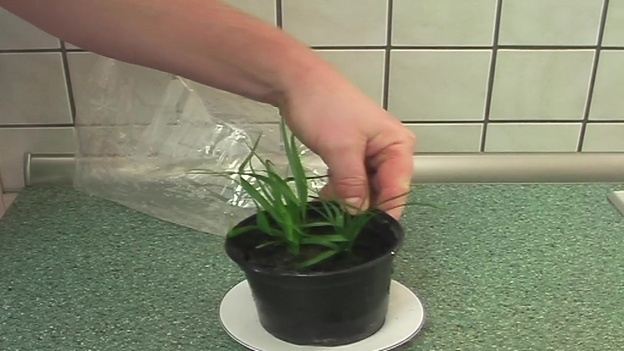
© Theresa Schuster
Elephant foot - undemanding to care for
In order for the bottle tree to stay healthy and develop well, observe a few basic principles when caring for it:
- Choose a bright location with direct sunlight in the morning or evening.
- Can be grown outdoors during summer, avoiding direct sunlight.
- Make sure that the substrate is permeable to water.
- Water the plant moderately.
- Let the surface of the earth dry out between waterings.
- During the main growth phase, fertilizer is necessary every three to four weeks.
- Apply liquid fertilizer.
- Put the elephant's foot in a bright and cool place to overwinter.
- Water little and do not fertilize during the rest period.
Whether via cuttings or seeds, the elephant foot can be propagated quickly and easily. The water palm is also a grateful houseplant when it comes to caring for it.
